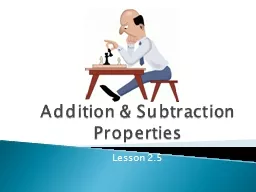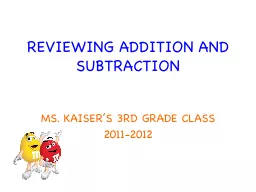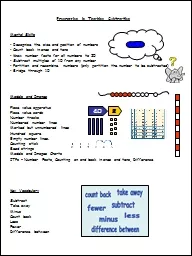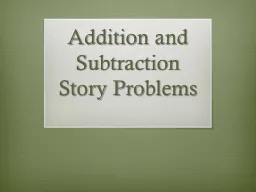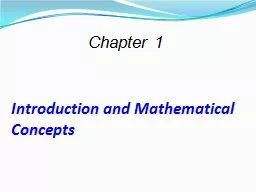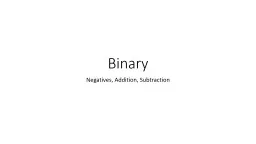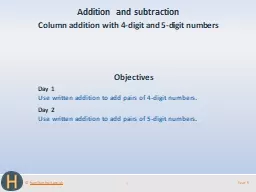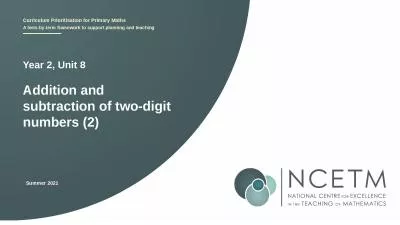PPT-Addition & Subtraction Properties
Author : danika-pritchard | Published Date : 2018-11-09
Lesson 25 In the diagram above AB CD Do you think that AC BD Suppose that BC were 3cm Would AC BD If AB CD does the length of BC have any effect on whether
Presentation Embed Code
Download Presentation
Download Presentation The PPT/PDF document "Addition & Subtraction Properties" is the property of its rightful owner. Permission is granted to download and print the materials on this website for personal, non-commercial use only, and to display it on your personal computer provided you do not modify the materials and that you retain all copyright notices contained in the materials. By downloading content from our website, you accept the terms of this agreement.
Addition & Subtraction Properties: Transcript
Download Rules Of Document
"Addition & Subtraction Properties"The content belongs to its owner. You may download and print it for personal use, without modification, and keep all copyright notices. By downloading, you agree to these terms.
Related Documents

